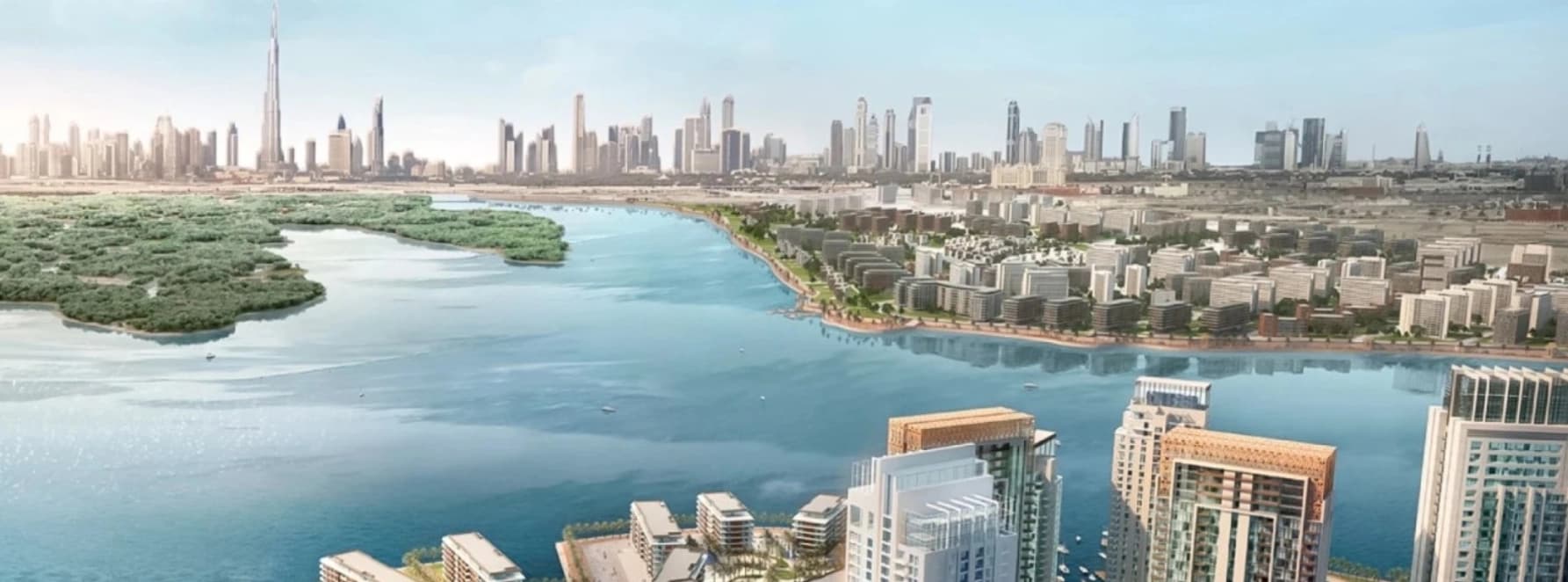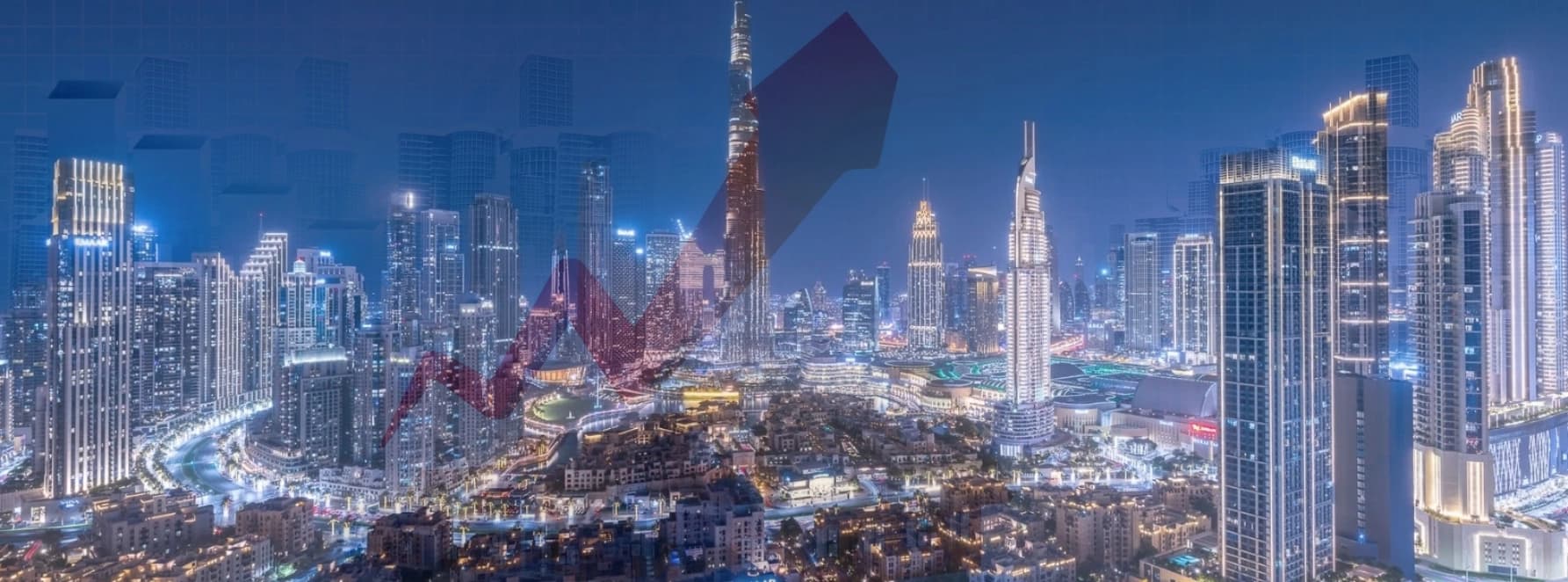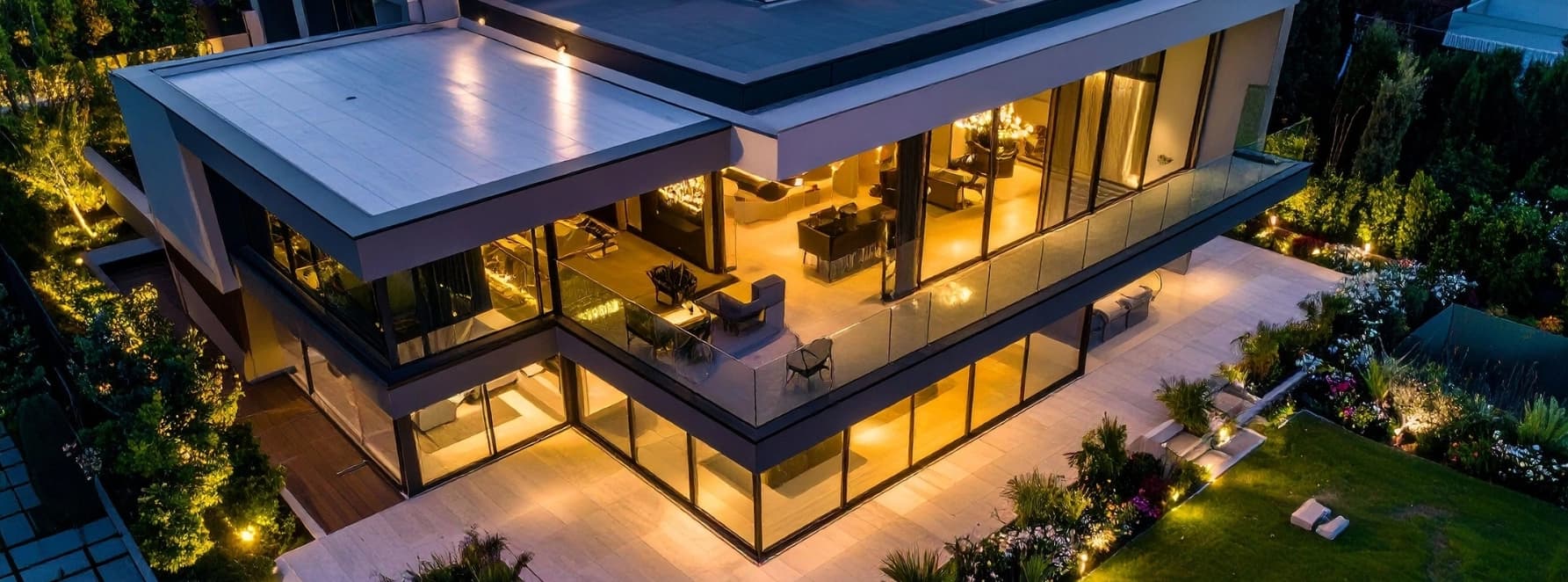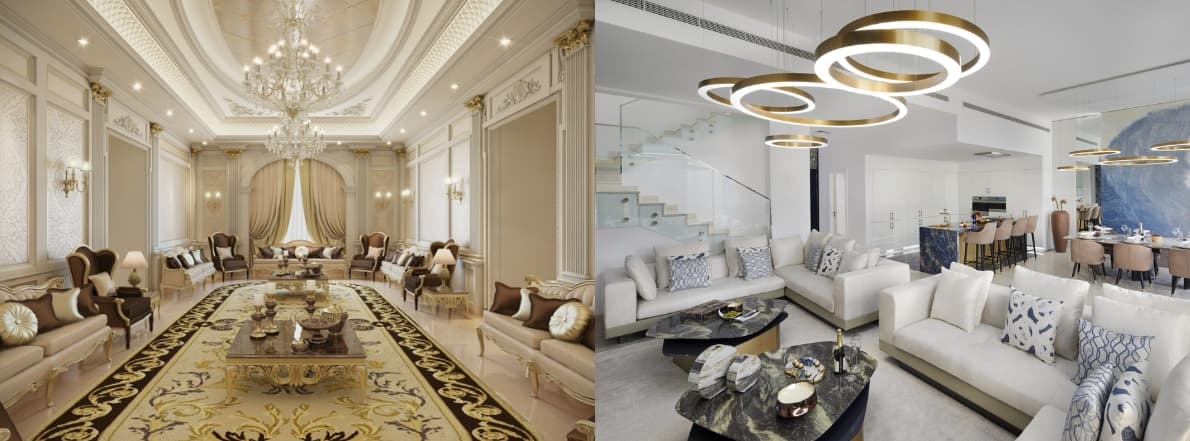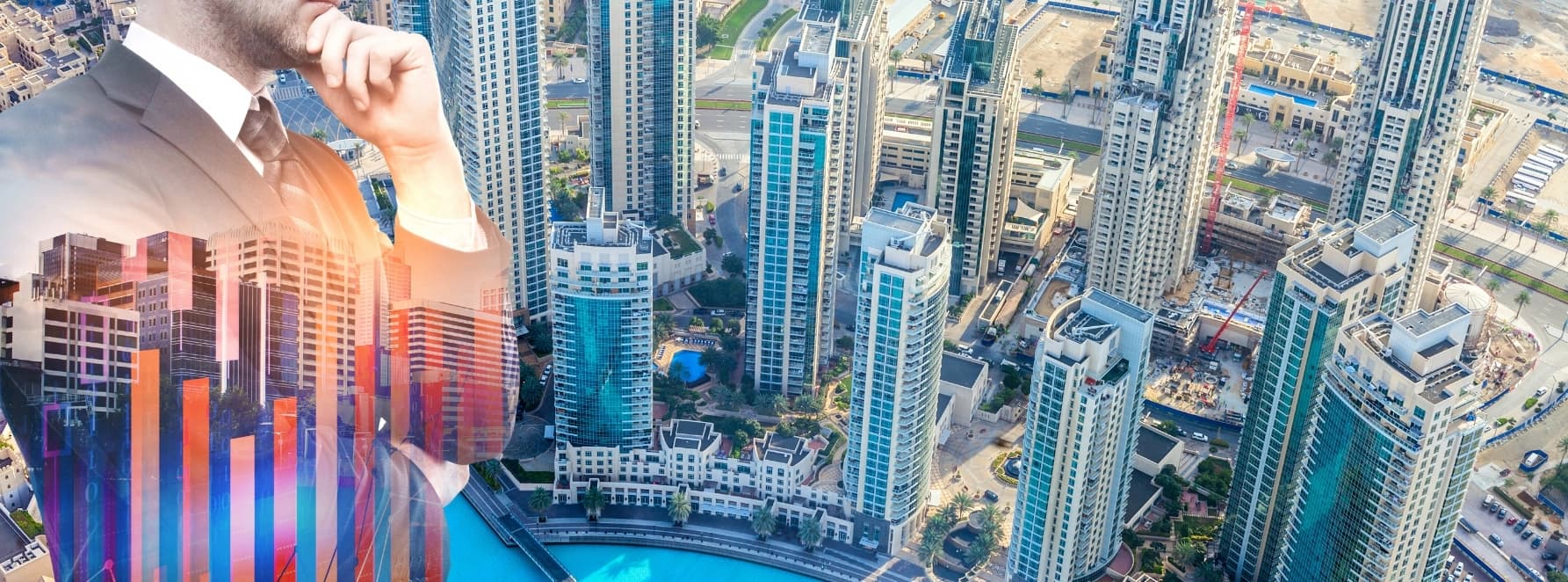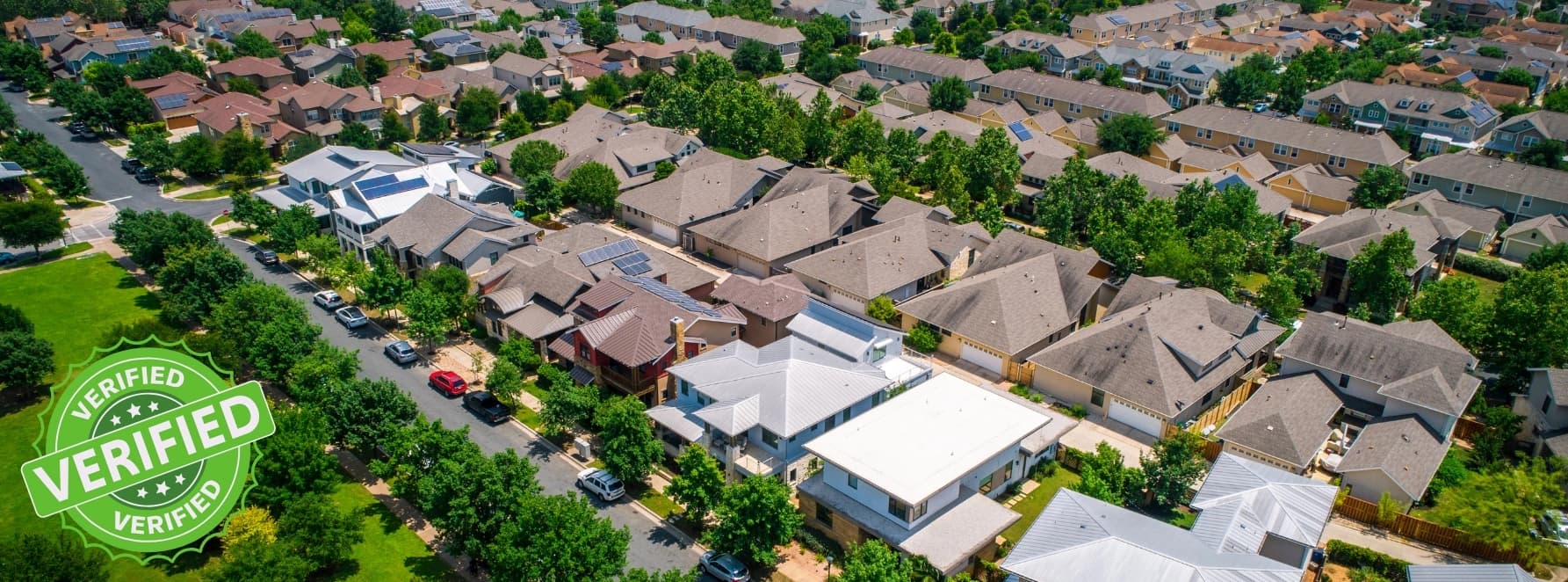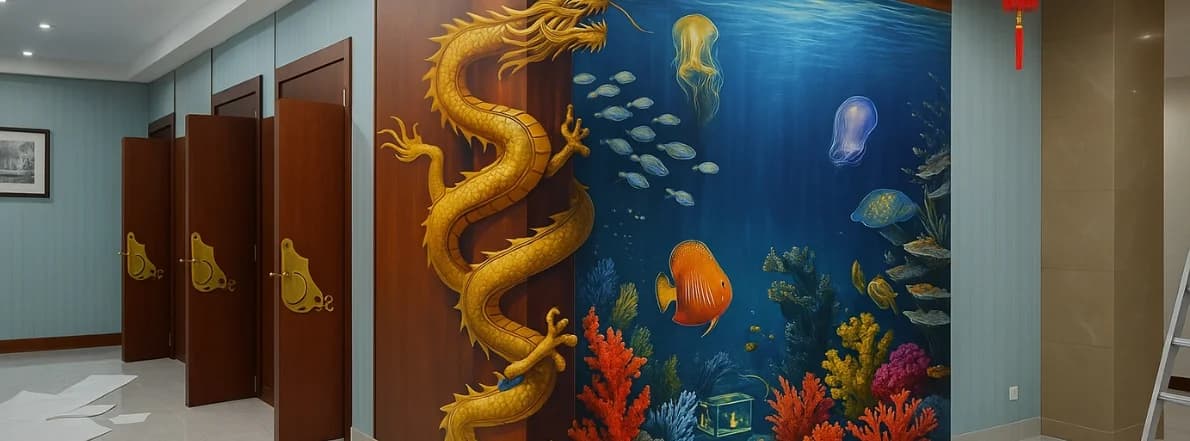
From the start of human civilisation, homes and houses have played a significant role. Initially, people used to live in caves, but slowly, they developed new techniques and ideas for building their houses. With every new housing technique and innovation, there are some additional features installed in the house that fulfil the newly emerged desire of that generation of humans and reduce the cost of manufacturing a house. However, the current available housing construction, price, and labour shortage make it unlikely that all humans will soon get their own houses. So, what is the solution for that? What About 3d-Printed Homes? Yes, 3D-printed homes can do it. But do you know about these kinds of homes and their scope? If not, let's find out about it with the following article.
The idea of 3d printing homes was first proposed in 2019 by Enrico Dini, where a house created through 3d printing uses large robotic printers to deposit layers of concrete, cement, or various composite substances to construct walls and structural components. In contrast to traditional building methods, which require bricklaying, significant manual labour, and considerable resource consumption, 3d printing streamlines most of the construction process, enhancing efficiency and reducing costs.
3D-printed homes are created through a distinctive and innovative process that involves several key steps. This method utilises advanced technology to layer materials and construct a residence, making it both efficient and sustainable. The entire procedure can be outlined as follows:
Both hurdles and achievements have marked the path from the initial enthusiasm of 2019 to now. Although 3d printing of homes hasn’t revolutionised the construction sector as quickly as some anticipated, the ongoing advancements provide many reasons for optimism. The technology continues to evolve, more projects are being finalised, and regulations are catching up. While we may not witness an entire city constructed through 3d printing, we are moving positively. The future looks promising for a construction industry that is more affordable, sustainable, and innovative, where 3D-printed homes could potentially become commonplace.
